Hydraulic home elevators
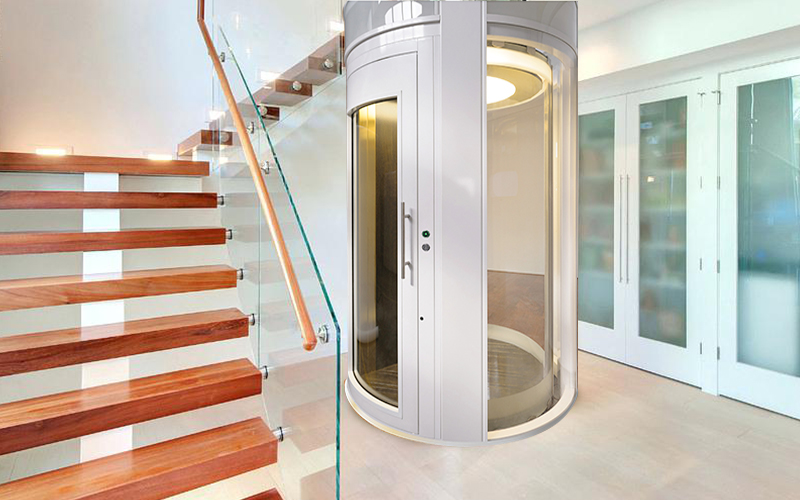
Types of Hydraulic elevators
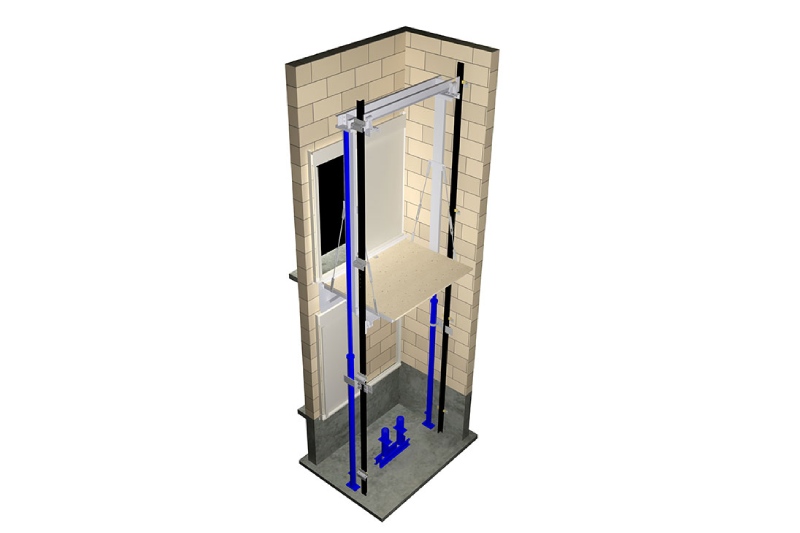
Holed hydraulic elevators
In this kind of lift, a drilled hole is filled with hydraulic cylinders that extend into the earth. Up to 60' of movement is possible with the lift car placed on a piston that moves inside the cylinder.
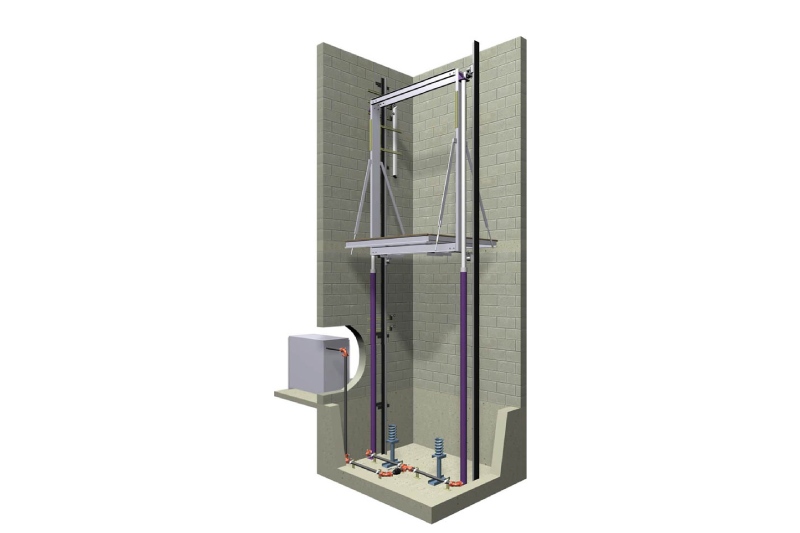
Holeless Hydraulic elevators
A holeless hydraulic lift can be useful in existing structures or places where drilling is not an option because it doesn't require a hole to be dug. These versions, however, are not designed for travel distances more than 40'.
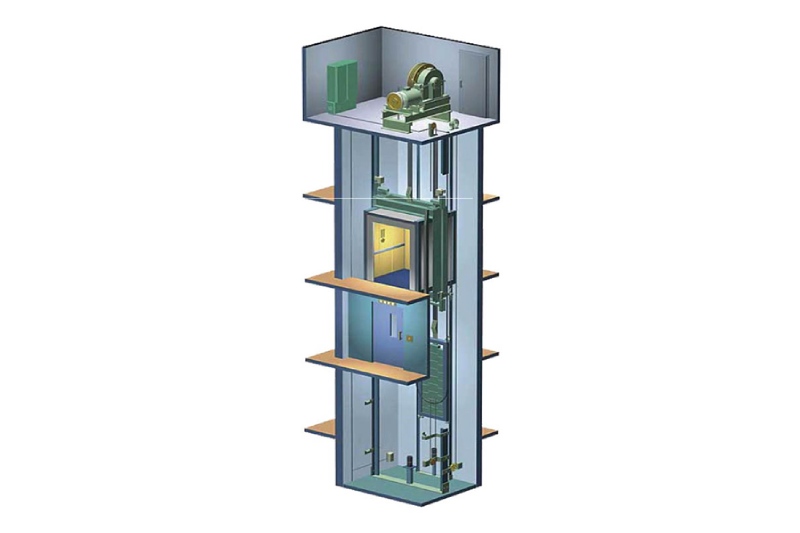
Machine roomless hydraulic elevators
Machine room-less hydraulic elevators offer more space with their conventional design as their lift mechanism are placed in the hoistway rather than requiring a separate machine room.
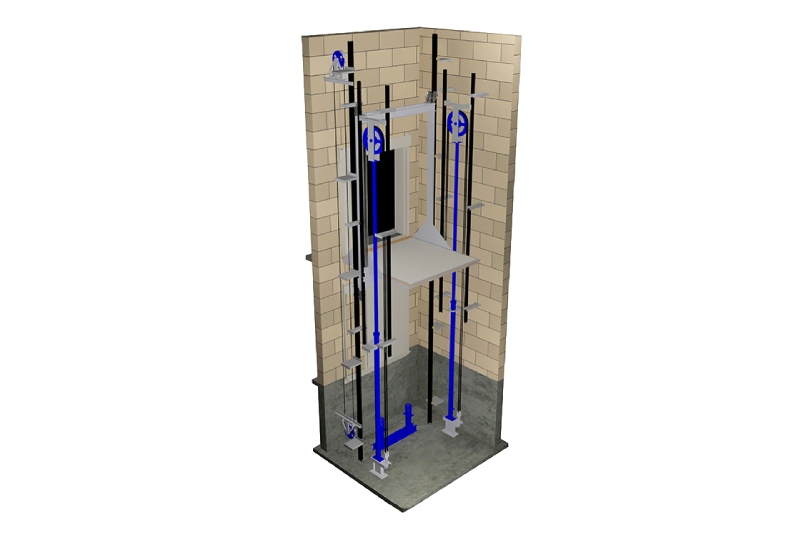
Roped hydraulic elevators
Roped hydraulic lifts increase the rise of a holeless hydraulic lift using cables and a piston linked to a sheave. A governor is needed since the lift cab is being supported by a rope. These versions are designed for a 60' travel distance.
Benefits of Installing hydraulic elevators
Safety Features
Hydraulic elevators come with various safety features, including emergency braking systems, backup power supply, and safety valves that prevent uncontrolled descent. These safety measures ensure the well-being of passengers and comply with regulatory standards.
Flexibility in Design
Hydraulic elevators offer more flexibility in terms of design and construction. They can be easily installed in both new and existing buildings, as they require less space for the hoistway and machine room. This makes them a viable option for retrofitting older structures.
Reliability
Hydraulic elevators are known for their reliability and durability. The hydraulic systems are robust and have a long lifespan, making them a dependable choice.
Smooth and Quiet Operation
Hydraulic elevators are known for their smooth and quiet operation. They use fluid to power the lifting mechanism, resulting in a gentle and comfortable ride for passengers.
Energy Efficiency
Hydraulic elevators are generally more energy-efficient compared to traction elevators, especially for low-rise buildings. They use a smaller motor, and the hydraulic system allows for energy regeneration when the elevator descends, reducing overall energy consumption.
Load Capacity
Hydraulic elevators are well-suited for buildings with high load requirements. They can handle heavy loads and are commonly used in industrial and commercial settings where transporting goods or equipment is necessary.
Lower Installation and Maintenance Costs
Hydraulic elevators typically have lower installation costs compared to traction elevators. They require less complex equipment and construction, resulting in reduced installation expenses. Additionally, maintenance costs are often lower due to simpler components and maintenance procedures.
Iwin’s service for installing hydraulic elevators
Installation
Testing and Certification
24/7 support
Design and Consultation
Regular maintenance
Professional services
Get in Touch
Contact Us
Address
No 135 Thanigachalam Nagar 6th Main Road Ponniammanmedu, Chennai - 600110
